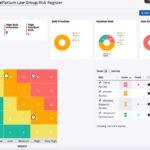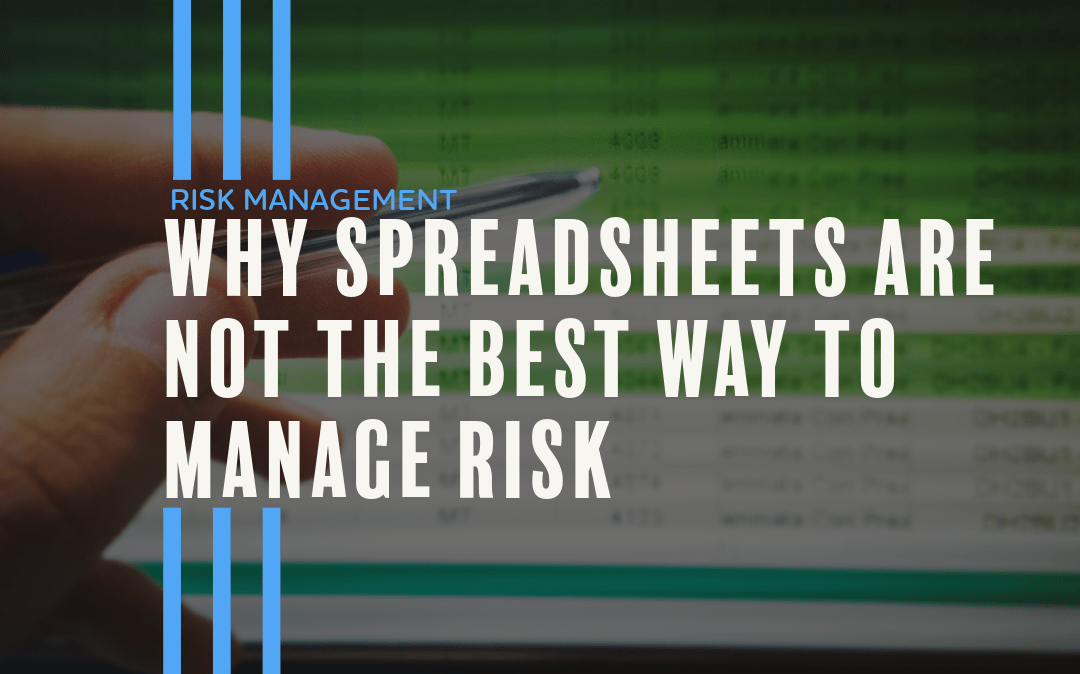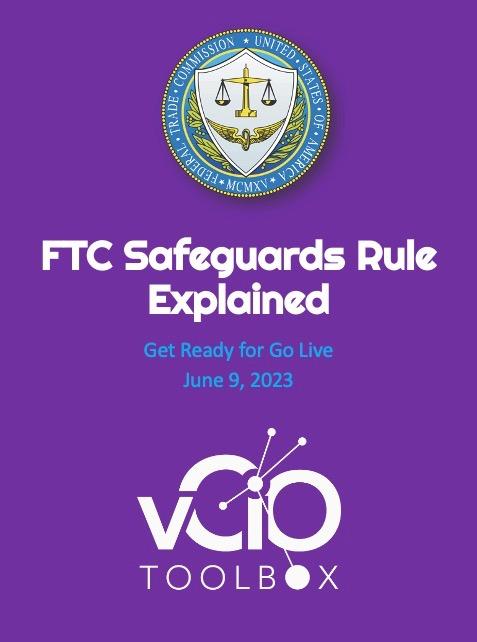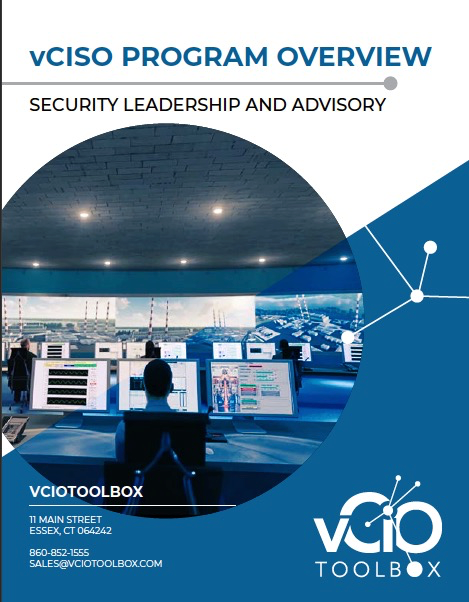Increasing risk, efficiency, and management are crucial aspects of any business, whether it’s compliance-related or related to cyber risk. And while spreadsheets have been used for decades as a means of managing data, they are not the most effective tool when it comes to managing risk.
The Limitations of Spreadsheets
One of the primary limitations of spreadsheets in risk management is the lack of automation. Spreadsheets require constant manual updates, which not only consume time but also increase the possibility of human error. Automation, on the other hand, is a key feature of modern risk management tools. These tools can automatically track changes, generate reports, and even trigger alerts when certain predefined risk thresholds are reached. This level of automation increases efficiency and allows for real-time risk monitoring, a crucial attribute in managing cyber risk and ensuring compliance.
The Impact of Manual Updates
Manual updates demand significant time and resources and introduce the risk of inconsistency in data handling. In the sphere of risk management, this inconsistency can lead to inaccurate assessments of cyber risk or compliance-related issues. Additionally, manual updates create a dependency on individuals to ensure data accuracy and timeliness. The loss of crucial personnel or simple human error can result in devastating data gaps or errors. In contrast, a dedicated risk management tool eliminates these risks. It ensures consistency, accuracy, and continuity of data through automated updates, thereby significantly reducing the potential for costly mistakes and oversights. With a reliable risk management tool, businesses can focus more on strategic decision-making and less on data management.
The Benefits of Automated Risk Management Tools
 The benefits are immediately apparent when we shift the lens from spreadsheets to automated risk management tools. Firstly, these tools offer a streamlined, efficient approach to risk management. They allow businesses to automate risk-related tasks that were previously time-consuming and prone to human error. This results in significant time and cost savings, allowing teams to focus on other critical areas of the business.
The benefits are immediately apparent when we shift the lens from spreadsheets to automated risk management tools. Firstly, these tools offer a streamlined, efficient approach to risk management. They allow businesses to automate risk-related tasks that were previously time-consuming and prone to human error. This results in significant time and cost savings, allowing teams to focus on other critical areas of the business.
In addition, automated risk management tools provide a centralized platform for data management. This means all risk-related data is stored in one place, making it easy to access, analyze, and report. This centralization eliminates the silos that often exist when using disparate spreadsheets, fostering better team communication and collaboration.
Moreover, these tools offer enhanced data security, a critical aspect when dealing with cyber risk. They often include features such as data encryption, access controls, and activity logs, ensuring that sensitive data is protected from unauthorized access.
Lastly, automated risk management tools enable businesses to stay proactive in their risk management approach. They can set up alerts for potential risks, allowing them to take prompt action before a minor issue escalates into a significant problem. In the face of cyber threats and compliance obligations, staying ahead of the curve is not just beneficial—it’s essential.
In conclusion, automated risk management tools provide a robust, efficient, and secure solution for managing risk. They offer clear advantages over traditional spreadsheets, making them a superior choice for businesses of all sizes and across all sectors.



